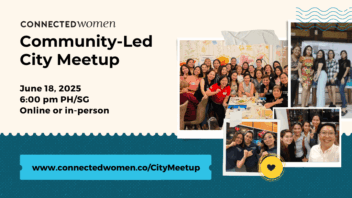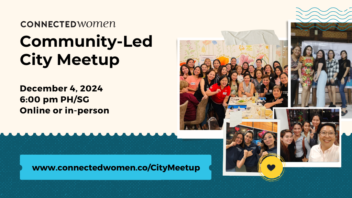Change Is The Only Constant: Accepting Change As A Basic Process Of Life
 Contributed by
Pamposh Dhar*
March 4, 2017
Contributed by
Pamposh Dhar*
March 4, 2017


The recent general election in India brought amazing changes to the world’s second most populous country – a huge mandate for a single party after decades of coalition governments, a 129-year-old party associated with the freedom movement virtually wiped out (at least for now), and no opposition worth the name.
Ironically I, who teach people to “embrace change,” have been rather uncomfortable with these changes. Yet – whether I like them or not – these changes are here. They have happened, and Indians of all political hues now have only two choices – to accept that the changes have happened and move forward as best as possible; or uselessly rail against the changes if they do not like them.
This is the way change works. There is no way to avoid change, and the changes that affect us do not always result from our own choices. Anyone who has lost a loved one, been laid off from work, or simply struggled to deal with a computer virus, knows this.
There is no life without change. We ourselves are always changing, from the moment we arrive kicking and screaming into this world. All the people around us are changing all the time, too. There may be a period in adulthood when physical changes seem to slow down, but in fact they are still happening on the inside. Almost all of our cells are replaced by new ones over a span of seven years – so in effect, each of us is a completely different person on the inside every few years!
Our external world is constantly changing as well, and the pace of change has picked up dramatically in our lifetimes, driven by rapid technological development and globalization. Those of us who work outside the home need to adapt so often to changing office environments that “change management” has now become a legitimate subject of study and training in the corporate world. Those who stay at home to bring up kids struggle just to keep abreast of the information, images, and ideas that the children are exposed to every day – not to mention keeping up with the ways in which the kids access them.
So, if change is inevitable, constant, and often not to our liking, how best can we deal with it? First of all, by accepting the reality of change and recognizing that we cannot thrive in this world without it. Imagine if we never learnt anything new after the age of 10, 20, or even 50! What a waste of opportunity to grow that would be.
Acceptance is, of course, easier if we like a specific change. But what about the “bad” change, the kind we don’t like? Acceptance does not mean liking or approving of something. It simply means acknowledging that it has happened, or is happening. Just accept the fact.
With acceptance of the facts comes clarity. You see what you can and cannot influence, you spot opportunities even “bad” change might offer you. Based on this understanding, you can choose a reasoned response to the situation. If there is action to be taken, by all means take it. Just stop wasting your time and energy ranting against that which you cannot change.
Acceptance and clarity of vision bring the power to live happily in a constantly changing world, making good choices and saving your energy for things that matter. This includes choosing to make changes that work well for you. When you remove your energy from “victim mode,” from complaining about the things that “happen to you,” there is a better chance that you will set your own goals and strategies to live the life you really want.










Sorry, the comment form is closed at this time.